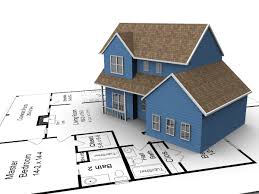As an AI language model, I do not have personal experience or bias, but according to real estate experts, below are the top 10 real estate investment strategies for generating income through commercial property leasing:
1. Long-term leases – this strategy involves signing long-term leases with tenants, providing investors with a steady stream of income for a longer period.
2. Triple net leases – these are lease agreements where tenants are responsible for paying property taxes, insurance, and maintenance costs, providing investors with predictable income streams.
3. Short-term rentals – renting out commercial spaces or office spaces, on a short-term basis (usually less than a year) is a lucrative option for investors as it allows for multiple tenants in one space.
4. Mixed-use development – investing in commercial spaces with mixed-use development opportunities, such as retail and residential, provides a diversified income stream for investors.
5. Build-to-suit development – investors can build custom properties to suit specific tenant needs, securing long-term leases with tenants who require specialized commercial spaces.
6. Sale-leaseback – this strategy involves selling a property to a tenant and then leasing it back, allowing investors to unlock the value of their property while retaining a rental income.
7. Underperforming property – buying underperforming commercial properties, renovating them, and then leasing them to new tenants at market rates is a strategy that can generate significant returns.
8. Franchise opportunities – investing in commercial properties for franchised businesses can provide long-term and stable rental income with built-in tenant expansion opportunities.
9. Entitlement investment – buying commercial properties whose owners have secured entitlements – the legal right to develop the property to a predetermined level of density or use – allows investors to benefit from rising property values and increased rental income.
10. Value-added investment – this strategy involves buying properties with low rental income and high vacancy rates and adding value by making improvements and filling vacancies, which increases the property’s overall value.


